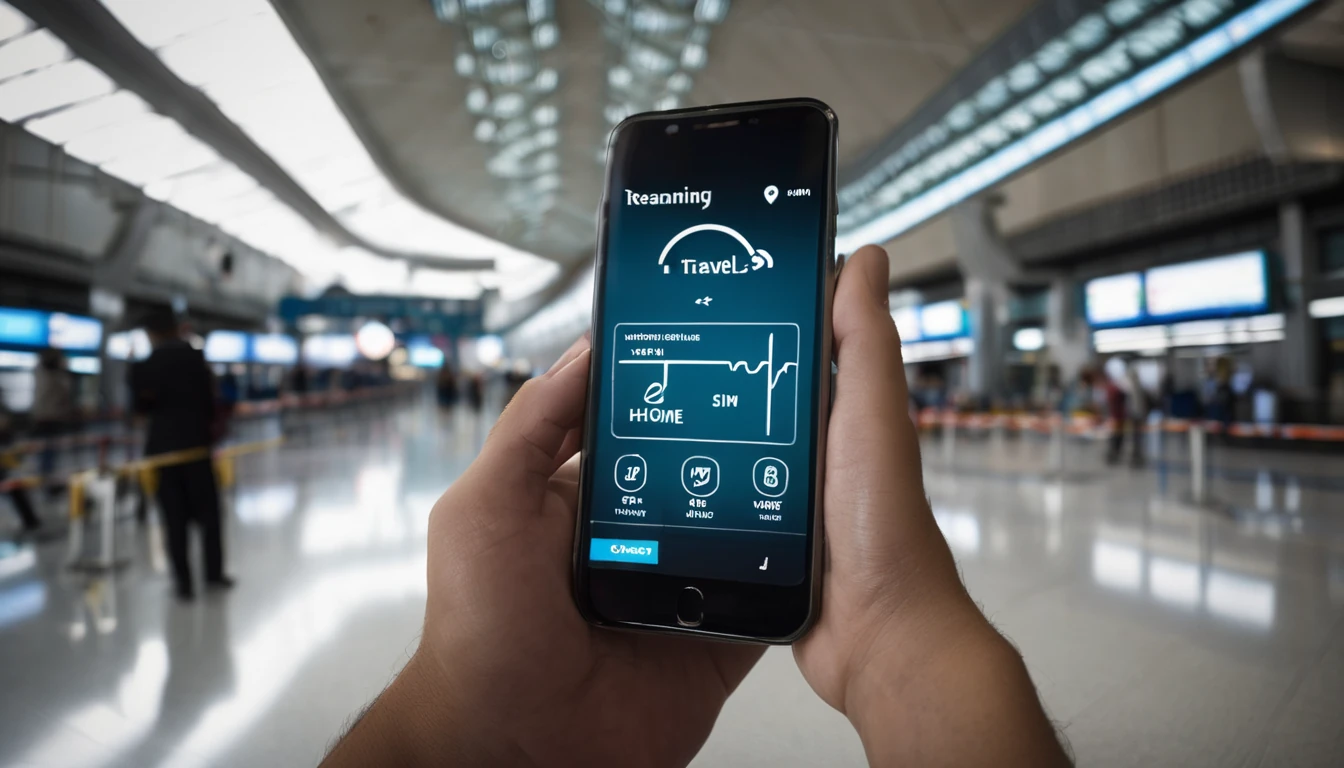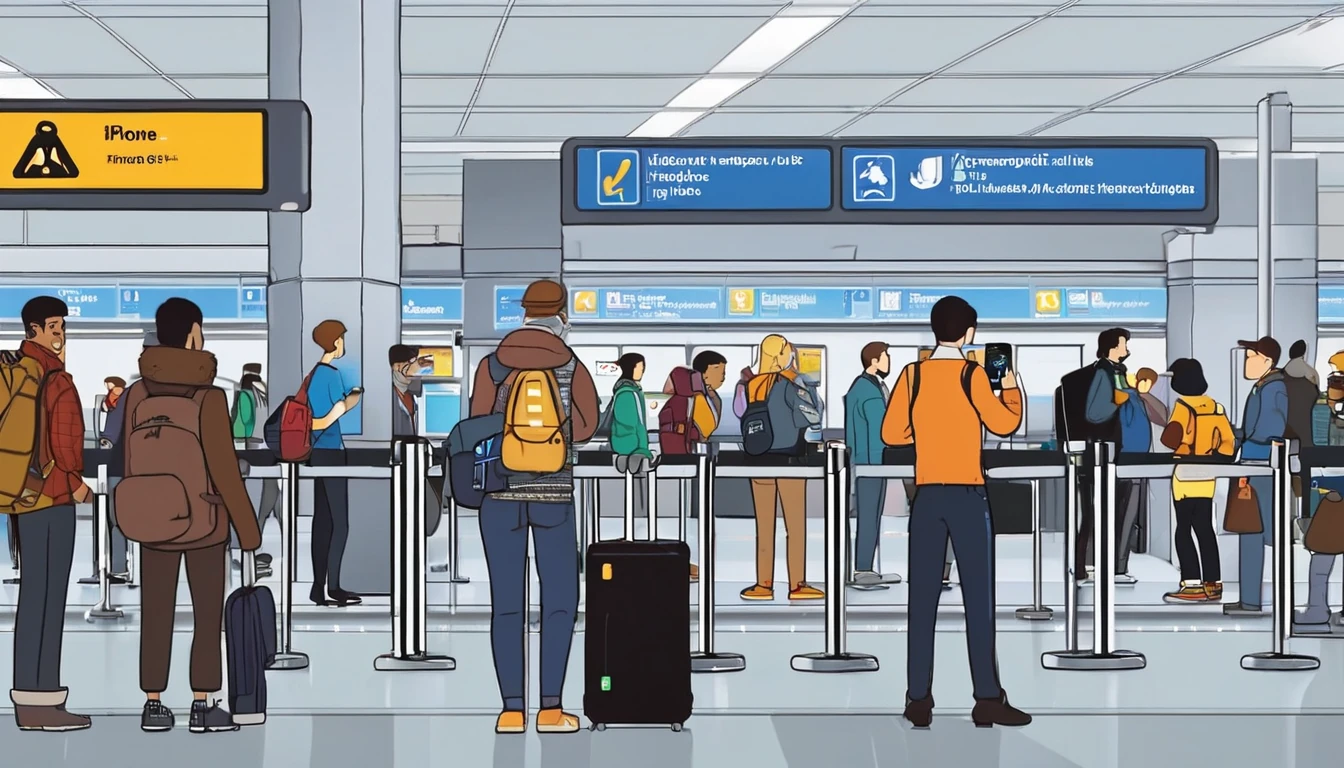Planning data for Germany in 2025? This guide shows you how to pick the right eSIM, get online at Frankfurt (FRA) and Munich (MUC) in minutes, and stay connected on busy ICE train corridors. Germany has some of Europe’s strongest 4G and fast-expanding 5G networks, but performance varies by carrier, region and even by train window tint. We’ll cover which networks typically deliver the best speeds, what to expect on long‑distance trains, and how EU Fair Use Policy (FUP) affects roaming if you’re crossing borders. If you’re moving through Western Europe, we’ll also flag when a regional plan beats a local one. Ready to travel? Head to our Destinations page to view Germany eSIM options, or keep reading for practical, step‑by‑step advice.
Quick Take: Is an eSIM right for Germany?
- Coverage: Excellent 4G nationwide; 5G strong in cities and along major transport corridors.
- Best networks: Telekom (widest/fastest), Vodafone (strong urban/suburban), O2/Telefónica (good value, improving).
- Trains: Expect intermittent drops in tunnels and rural stretches; choose Telekom or Vodafone for steadier coverage on main ICE routes.
- EU travel: If you’ll visit France, Italy or Spain on the same trip, consider a regional plan like Esim Western Europe rather than a Germany‑only eSIM.
- Airport setup: You can install and activate within 2–3 minutes on free airport Wi‑Fi at FRA or MUC.
Networks and Coverage: What to expect in 2025
Germany’s three major networks are:
- Telekom (Deutsche Telekom)
- Vodafone
- O2/Telefónica Germany
What you’ll likely see on a quality travel eSIM that supports 4G/5G:
- Cities (Berlin, Munich, Frankfurt, Hamburg, Cologne, Düsseldorf, Stuttgart): 5G widely available on Telekom and Vodafone, increasingly on O2. Typical speeds:
- Telekom 5G: 150–500 Mbps in strong cells; 4G 40–150 Mbps.
- Vodafone 5G: 100–300 Mbps; 4G 30–120 Mbps.
- O2 5G: 60–200 Mbps; 4G 20–80 Mbps.
- Suburban/regional towns: 4G is solid; 5G more variable. Expect 20–120 Mbps.
- Rural/remote: Coverage is broad on 4G but speed can drop below 20 Mbps. Black Forest valleys, Eifel, Harz, some Bavarian Alps and Mecklenburg‑Western Pomerania have patchier signal.
- Indoors: Modern offices and trains use coated glass that weakens signal. In trains, choose carriages with repeater icons or sit near doors.
Pro tips: - If 5G handovers feel “sticky” while moving at speed, lock to 4G/LTE for stability (you’ll still stream HD). - Use Wi‑Fi calling when indoor coverage is marginal.
Train Corridor Coverage: ICE routes that matter
Germany’s ICE network is fast but demands a smart mobile setup. Here’s what to expect:
Stronger corridors (best chance of steady 4G/5G): - Berlin–Hamburg - Berlin–Munich via Leipzig/Erfurt (VDE 8 high‑speed route) - Frankfurt–Cologne high‑speed line - Munich–Nuremberg high‑speed line - Rhine‑Ruhr mesh (Cologne–Düsseldorf–Duisburg–Dortmund–Essen) - Hamburg–Bremen–Hanover
More variable segments: - Sections through long tunnels (Thuringian Forest on Berlin–Munich; Siegburg/Montabaur area on Frankfurt–Cologne) - Rural stretches in Bavaria, Brandenburg and Mecklenburg - Alpine approaches south of Munich
On‑train realities: - Deutsche Bahn’s ICE Wi‑Fi aggregates multiple mobile networks but can slow at peaks. - Windows attenuate signal; modern sets use signal‑permeable panes, but older stock still weakens reception.
Train pro tips: - Sit near carriage doors or under the repeater symbol for stronger signal. - Prefer Telekom or Vodafone networks if your eSIM lets you choose; they generally perform best along main lines. - Toggle “4G/LTE only” if 5G causes frequent dropouts at 250–300 km/h. - Download offline maps/playlists before boarding; set apps to “data saver”.
Germany only or regional? Picking the right plan
Choose a Germany‑only eSIM if: - Your trip is entirely within Germany and you want the best in‑country rates.
Choose a regional eSIM if: - You’re visiting neighbouring countries on the same itinerary. For example: - Germany + France: see Esim France - Germany + Italy: see Esim Italy - Germany + Spain: see Esim Spain - Multi‑country: see Esim Western Europe
Business travel across multiple markets? Centralise with pooled or multi‑line bundles via For Business. Partners and TMCs can explore co‑branded or embedded flows in our Partner Hub.
EU FUP explained: How Fair Use affects roaming
If your plan includes EU/EEA roaming: - Roam‑like‑at‑home: You can use your plan across EU/EEA without extra charges, subject to Fair Use. - Roaming data cap: Your roamable data may be lower than your domestic allowance. Providers clearly state this cap (e.g., “20 GB in EU”). Once you hit it, speed may reduce or you may pay a small surcharge. - Long‑term roaming checks: If you spend more time roaming than at “home” over a rolling 4‑month window, some providers can apply a small surcharge after warning you. - Tethering: Usually allowed; intensive hotspotting could be rate‑limited by some plans. - Wholesale caps: EU cost caps continue to fall through 2030, helping keep retail roaming fair, but they don’t guarantee unlimited roaming data.
If you buy a Germany‑only eSIM: - It may not roam outside Germany unless the plan states EU coverage. If you plan cross‑border trains (e.g., Munich–Salzburg or Cologne–Brussels), choose an EU‑enabled or regional plan.
Device compatibility and setup basics
Compatible phones: - Apple: iPhone XR/XS and newer support eSIM; iPhone 14+ in some regions are eSIM‑only. - Samsung: Galaxy S20/S20+ and newer (incl. Fold/Flip lines) with eSIM variant. - Google: Pixel 4 and newer. - Others: Many recent Android flagships support eSIM; check your exact model/region.
Before you fly: - Update iOS/Android. - Unlock your device from any carrier lock. - Add a payment card for app stores if you’ll install via app. - Download offline maps and transport tickets just in case.
How to get online at Frankfurt (FRA) and Munich (MUC)
You can install and activate your eSIM in 2–3 minutes using airport Wi‑Fi.
FRA: Step‑by‑step on arrival
- Enable Airplane Mode, then turn Wi‑Fi back on.
- Join “Frankfurt Airport” free Wi‑Fi (follow the on‑screen portal).
- Open your eSIM email or app. Have your QR code ready (screenshot/printout helps).
- iOS: Settings > Mobile Data > Add eSIM > Use QR code. Android: Settings > Network & Internet > SIMs > Add eSIM.
- Label the line “Germany eSIM”. Set “Mobile Data” to the new eSIM; keep your home SIM for calls if needed.
- Turn on Data Roaming for the eSIM.
- Enter the APN if prompted (use the APN provided in your activation email).
- Toggle Airplane Mode off. Wait 30–60 seconds for signal.
- Test with a speed check or map load.
MUC: Step‑by‑step on arrival
- Airplane Mode on; Wi‑Fi on.
- Connect to “Munich Airport” Wi‑Fi (free, no time limit).
- Add the eSIM via QR/app as above.
- Data line = eSIM; Voice line = your preference.
- Enable Data Roaming; add APN if prompted.
- Toggle Airplane Mode off; confirm 4G/5G icon appears.
- Test navigation to your hotel or S‑Bahn route.
Airport tips: - If activation stalls, restart the phone and re‑enable the eSIM line. - Move nearer terminal windows for better initial signal. - Need a backup? Airport Wi‑Fi is reliable for calls/messages via apps until mobile data is live.
Optimising performance in cities and on trains
- Prefer 5G where strong; otherwise lock to LTE for smoother handoffs while moving.
- Disable “Low Data Mode/Data Saver” once you’re stable to allow background syncs.
- Hotspotting works well for laptops; expect 10–50 Mbps on 4G in most urban areas.
- Use messaging apps with offline queues for tunnels (WhatsApp/Teams).
- Download Bahn tickets to Apple/Google Wallet for offline inspection.
Crossing borders by rail or road
- Network switching: Your phone should automatically register on partner networks as you enter France, Italy, Austria, or the Netherlands. If not, manually select a major carrier in Settings.
- APN: Usually unchanged across EU on a regional plan. If you move from a Germany‑only eSIM to another country, verify that your plan includes EU roaming.
- Popular multi‑country routes:
- Munich–Salzburg/Vienna (Austria)
- Cologne–Brussels/Amsterdam
- Berlin–Prague
- If your trip spans several countries, compare regional packs on Esim Western Europe. City‑hopping to Paris, Milan or Barcelona? Also see Esim France, Esim Italy and Esim Spain.
Troubleshooting checklist
- No service after install:
- Confirm Data Line = eSIM; Data Roaming = On.
- Restart the device.
- Manually select Telekom/Vodafone/O2 in Network Selection.
- Re‑enter APN from your activation email.
- Slow speeds:
- Move near a window; turn off VPN.
- Lock to 4G/LTE on trains for stability.
- Try another network if available.
- Can’t scan QR:
- Use the activation code via “Enter details manually”.
- Install from the provider app over Wi‑Fi.
FAQ
1) Which network is best for coverage and speed in Germany?
Telekom generally leads for both coverage and peak speeds, especially in cities and along major ICE lines. Vodafone is close behind with strong urban/suburban performance. O2/Telefónica has improved rapidly and offers good value, but rural coverage can be patchier.
2) Will my Germany eSIM work elsewhere in the EU?
Only if the plan includes EU roaming or you choose a regional product. Germany‑only plans may be restricted to Germany. For multi‑country trips, consider Esim Western Europe.
3) How does EU Fair Use (FUP) affect me?
With EU‑enabled plans you can roam across the EU/EEA at domestic‑like rates, but providers often set a roaming data cap (e.g., a subset of your total data). Extended roaming without time in the “home” country over several months can trigger a small surcharge after warning.
4) Can I hotspot my laptop from a travel eSIM?
Yes—tethering is supported on modern eSIM‑capable devices. Watch your data usage if you run updates or cloud syncs. On 4G/5G in cities, 10–100+ Mbps is typical; on trains it varies more.
5) How do I ensure stable data on high‑speed trains?
Sit near doors or in carriages with repeater symbols, cache maps offline, and consider setting your phone to LTE only to reduce 5G handover interruptions at 250–300 km/h. Telekom and Vodafone tend to be more consistent along main corridors.
6) I’m flying in from North America—anything special to know?
Most recent iPhones, Pixels and Galaxy devices from the US/Canada work fine in Europe. Ensure they’re carrier‑unlocked and support European bands. Planning onward travel? See Esim United States for trips in the other direction or Esim North America for broader regional coverage.
Final tips before you go
- Save your eSIM QR code offline (PDF/screenshot) and print a backup.
- Keep your home SIM active for calls/SMS 2FA while using eSIM for data.
- Turn on Wi‑Fi Calling for clearer indoor calls.
- Monitor usage in Settings; set alerts at 80% and 100% of your allowance.
Next step: Compare Germany plans and regional options on our Destinations page and pick the eSIM that matches your route and data needs.




